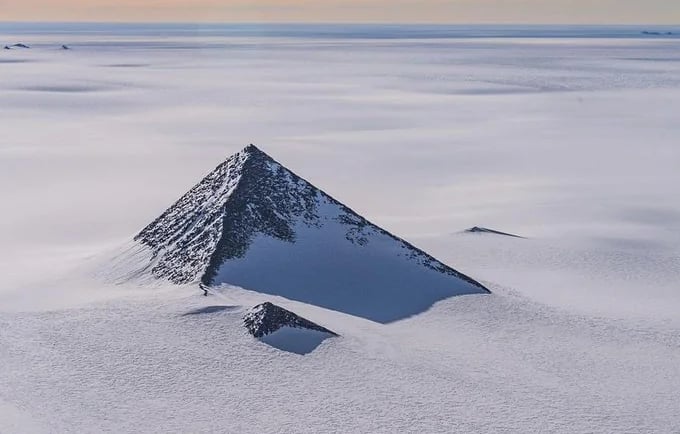Nunataks: The Beacon of Ice-Covered Landscapes


The Definition of Nunataks
Nunataks are remarkable geological formations found in polar regions where permanent ice sheets prevail. Defined as a mountain peak or ridge that protrudes above the surrounding glacial ice, nunataks serve as vital reference points within glaciers and ice caps. Their presence indicates areas where the ice has not completely covered the land, creating unique ecosystems that thrive in otherwise inhospitable conditions. The term 'nunatak' is derived from the Greenlandic language, meaning 'exposed mountain peak.'
The Significance of Nunataks
Nunataks not only hold geological significance but also play crucial roles in the study of climate change and glaciology. By observing these ice-carved formations, scientists can gain insights into the historical behavior of glaciers and the impact of climate variations over time. Moreover, the ecosystems that develop around nunataks are crucial for biodiversity, often serving as refuges for various flora and fauna during periods of extreme cold. They can be considered ecological hotspots that contrast sharply with the surrounding icy desert.
Pyramid Mountain: A Notable Example
Among the many nunataks scattered across the globe, Pyramid Mountain, located in the Quartermain Mountains of Antarctica, stands as a distinctive example. Rising to an impressive height of 6,955 feet, this horn-like mountain features steep, jagged peaks and serves as a stunning landmark amidst the expansive ice cover. This striking formation not only aids in navigation across the harsh Antarctic landscape but also attracts scientists who study its geology and the climatic conditions that shape such features.
The stark beauty of Pyramid Mountain, coupled with its geological significance, exemplifies the unique characteristics of nunataks. As researchers examine the features of such formations, they uncover critical data about the Earth’s climatic past and present.
In conclusion, nunataks, like Pyramid Mountain, illuminate the relationship between land and glacial formations. These peaks not only captivate due to their towering presence above ice sheets but also contribute to our understanding of geological history and climate dynamics. Their study is crucial as we continue to monitor the effects of climate change in polar regions and strive to protect these unique natural wonders.
